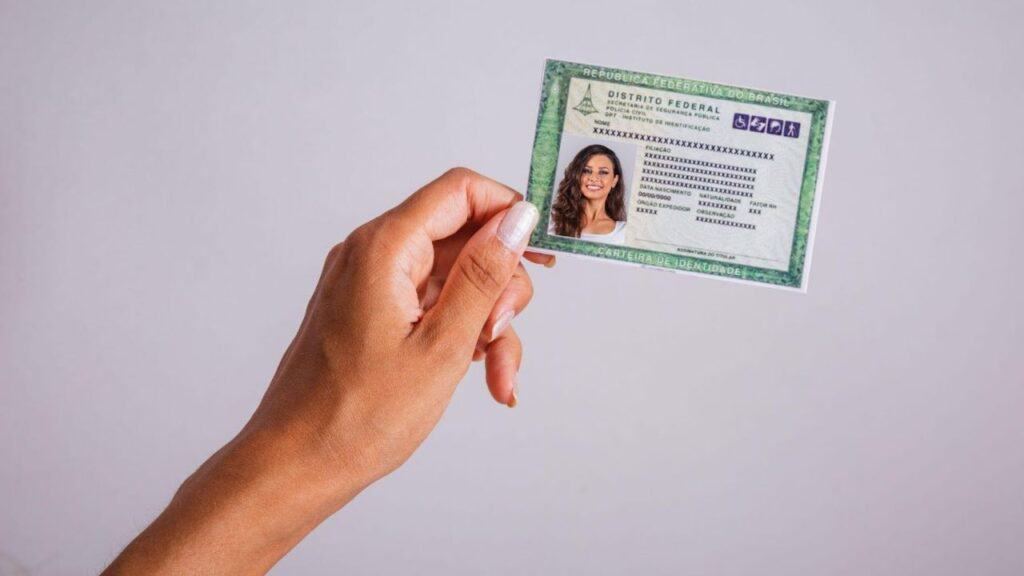We may earn compensation from some listings on this page. Learn More
Identity verification is like the doorway to the digital world. Whether we’re logging into an app, crossing digital borders, or carrying out transactions, that doorway needs to instantly recognize – “Yep, that’s you” before letting us through.
However, with trillions of dollars at stake in industries ranging from finance to healthcare to commerce, legacy methods of identity verification that rely on manual (human) inspection are quickly proving to be vastly inadequate for the scale, sophistication, and speed required in our modern digital times. More importantly, these analog methods also leave too many cracks that fraudsters and hackers are all too eager to exploit.

So how can we make ID verification seamless yet secure for all? Enter artificial intelligence. Machine learning and advanced neural networks allow us to scrutinize selfies, scan documents, and detect suspicious activity far quicker and far more accurately than ever human ever could, and it’s completely changing the game for companies of all shapes and sizes across a myriad of industries.
As digital transactions explode across critical industries, so do the eye-watering amounts lost to fraud, data breaches and sophisticated cyber threats looking to exploit identity loopholes. Just a tiny crack in authentication systems can become the gateway to emptied savings accounts, compromised sensitive records, and catastrophic violations of privacy.
With online banking and contactless payments achieving widespread adoption, bulletproof identity verification forms the vital first line of defense to secure billions of transactions and block unauthorized access.
Financial companies face strict regulatory requirements like KYC (Know Your Customer) and AML (Anti-Money Laundering) to verify customers and monitor suspicious funds flows, backed by hefty fines for non-compliance. Yet clunky analog processes involving physical documents and manual verification are proving vastly inadequate.
With so much at stake, ID verification needs to shoulder greater responsibilities than ever before – providing watertight security while delivering near-instant convenience that meets modern consumer expectations.
With this rising importance, old-school identity verification processes dependent on manual review introduce immense inefficiency, limited scalability, and inflated operating costs that make them sitting ducks in the era of digital disruption. As transactions and onboarding volumes swell exponentially, creaking analog systems struggle to keep pace.
While legacy identity checks are crumbling under the pressure, AI and its machine learning superpowers have arrived as potential saviors for the rescue mission. Human-level smart algorithms could upgrade age-old verification in ways we can barely even imagine yet — finally bringing security bang up to speed with digital tech and the sneaky new tricks of fraudsters.
Instead of having people meticulously inspecting IDs and forms, AI document software can scan barcodes, holograms, security markings at light speed to sniff out any fakes and forgeries. Some systems are even starting to outsmart human detection of manipulated images and fonts. Removing flawed and slow manual processes is a total gamechanger.
From face recognition to fingerprints to voice patterns, AI is pushing biometric tech boundaries taking identity proofing and ongoing authentication way beyond passwords into multi-factor protection. Multi-layered machine learning identifies possible spoofing attempts to keep imposters locked out.
Forget the headaches of remembering logins or wading through onboarding forms. Next-gen AI makes the identity onboarding experience frictionless. This means instant voice verification to access accounts, personalized assistants guiding you through secure flows behind the scenes, and hassle-free interactions custom-fit to you. No more speed bumps or unnecessary delays.
Sophisticated machine learning models can continuously analyze how we interact with devices and the world —like typing rhythms or location—to verify we stay the genuine us. Adapting to new behavior patterns in near real-time is far superior than a human tracking for nonstop identity guarding.
A huge advantage of AI systems is enabling companies to better recognize and overcome unconscious human biases in identity checks. By continually auditing algorithms and machine learning models for factors that could lead to discriminatory decisions, then refining the technology, AI allows for more ethical, equitable screening. No more individuals making split-second calls without considering ingrained prejudices.
Even as hacking evolves into more of a hyper-creative sport than a crime, artificial intelligence could keep upgrading verification protections right alongside it. With all those digital tools in the workshop, proofing capability has a long runway. Maybe fingerprints, face scans, voice profiles – bot-driven biometrics mashups – end up being the tickets to seamlessly entering apps while phishing schemes stand little to no chance of success, regardless of how sophistatced they become.
Although, it won’t be a smooth ride getting there. Hackers aren’t disappearing overnight so current systems will need to remain sharp and adapt. And giant tech is also grappling with growing ethical alarms around issues such as algorithmic bias. This is likely to remain a key consideration in the coming moths and years. Nevertheless, with the right framework steering innovation responsibly, identity protection could feel far more natural and reliable than the clunky constructs many companies currently rely on.